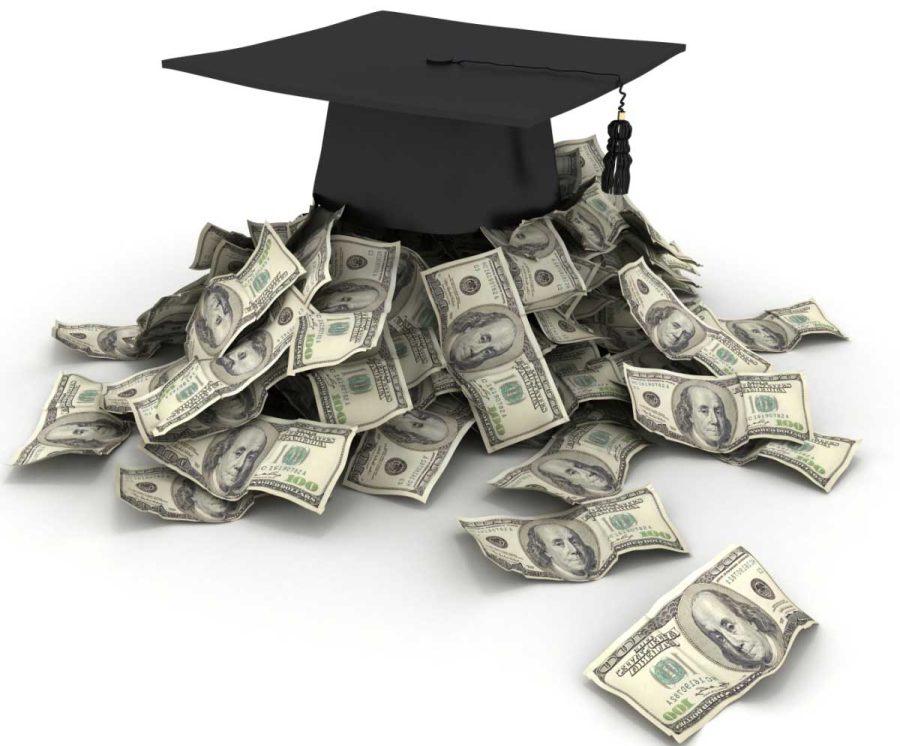For those versed in economic history, it is an all too familiar story: Market-distorting forces, almost always resulting from government policy, create artificially high demand for a product. Buyers of said product are eventually found to be unable to pay back the easy-credit loans they took out to purchase it in the first place. The product is found to be less valuable than perceived, brokers panic, demand abruptly halts, the market for the product collapses, and the entire economy feels the repercussions. The internet start-up market saw this process in the early 2000s, as did the housing market more recently, but with more dire results. And now, the market for college tuition and student loans is headed inexorably in the same direction.
The parallels between the housing and student-loans markets are especially ominous. The housing bubble grew as government policy sought to expand the middle class by making home ownership, a traditional vestige of middle-class life, easier to obtain.
Notably, the Community Reinvestment Act, signed into law by Jimmy Carter in 1977 and enforced by his successors, pressured banks into easing credit and giving home loans to lower income families in depressed areas. Government agencies, Fannie Mae and Freddie Mac, also encouraged risky mortgages by purchasing mortgage debt and mortgage-backed securities. As maligned as the banks and financial institutions have been over the economic meltdown of 2008, the onus falls primarily on the government and its false notions of what makes a family “middle-class”.
In fact, the only president to recognize the potential crisis and seriously attempt to prevent it was the president upon whom most of the blame is placed: George W. Bush. Unfortunately, his reforms were blocked by a Democrat-controlled congress, who, as then leading-member Barney Frank said, wanted to “roll the dice a little bit more with the subsidized-housing situation”. The die has been cast, and we all paid for Mr. Frank’s gamble.
Yet, our government continues to engage in risky bets with taxpayer money. Congress perpetually seeks to broaden the middle class—not through pro-growth measures that would lead to better jobs and higher incomes—but through policies designed to make middle class accoutrements more accessible. Government policies since the 1960s, including affirmative action policies, have made it easier to obtain loans for education.
The government-sponsored corporation Sallie Mae, through which the majority of student loans are given, also facilitates the superficial broadening of the loan market by providing government-subsidized or taxpayer guaranteed loans to those who are, in many cases, less likely to pay the loans back. Sounds familiar, no?
Once upon a time, a college degree signified that a student had completed rigorous academic training and had obtained the skills to compete in the professional marketplace. For the college degree to continue to signify aptitude, the amount of loans and subsequent degrees must be restricted to those of serious academic intention and merit. This would deflate the ever-growing tuition bubble, and at the same time significantly decrease the aggregate student debt.
The profusion of degree-carrying graduates looking for jobs makes it clear that a college degree no longer bears the security of immediate employment beyond graduation. A college degree is valuable for the same reason anything intangible is valuable: it is widely believed to be so.
Society as whole has decided that a college degree is worth as much as $200,000, because it is seen as an investment that is sure to pay off. If demand for degrees were to suddenly decline, those of us with loans out would find ourselves paying an exorbitant amount for something that is not worth all that much.
And therein lies the predicament of today’s college students and prospective college students. What happens if we discover that the degrees we are putting out these loans for turn out to be worth far less than we paid? The price of student loans has increased steadily as demand has been artificially inflated by government tactics, and those with degrees in the job market are finding work increasingly scarce. The bubble could come crashing down, and all of us would be stuck with nothing but meaningless degrees and piles of bills.





















































